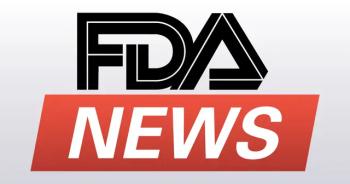
Sodium intake on the rise in kids
According to the Centers for Disease Control and Prevention (CDC), most US children aged 6 to 18 years consume more than the daily recommended amount of less than 2300 mg sodium.
According to the
The CDC says that most sodium intake is attributed to salt, frequently from
The majority of a child’s sodium intake comes from lunch (30%) and dinner (39%). Breakfast accounts for 15% and snacks throughout the day for 16%. About 43% of the sodium consumed by children comes from 10 common food types: soups; chicken patties or nuggets; cheese; savory snacks; cold cuts and cured meats; pizza; breads and rolls; sandwiches; pasta mixed dishes; and Mexican mixed dishes.
Unfortunately, most of the sodium is already in food at the time of purchase. Sixty-five percent of sodium intake comes from foods bought at grocery stores. Fast food and pizza restaurants account for 13%. School cafeteria offerings have roughly 9% of total sodium intake.
The CDC’s advice for parents and caregivers is to cut the amount of sodium in their child’s diet by:
- Using different herbs, spices, and vegetables to provide flavor instead of salt.
- Comparing nutrition fact labels to find food options with the lowest sodium content.
- Requesting nutrition information when eating at restaurants to find lower sodium dishes.
- Modeling healthy eating by eating a diet rich in
fruits and vegetables without adding sodium.
The CD report also includes
To get weekly clinical advice for today's pediatrician,
Newsletter
Access practical, evidence-based guidance to support better care for our youngest patients. Join our email list for the latest clinical updates.














